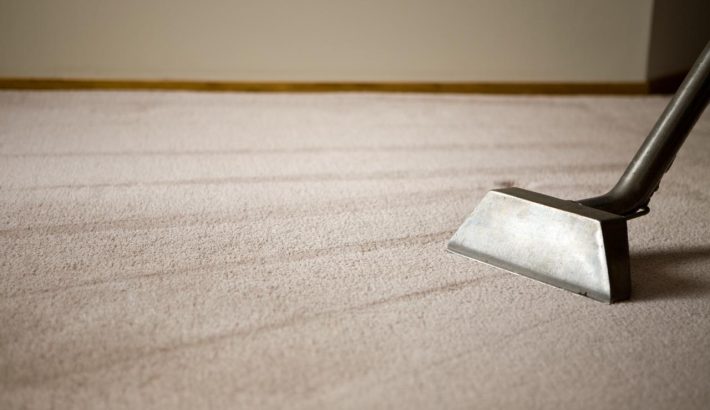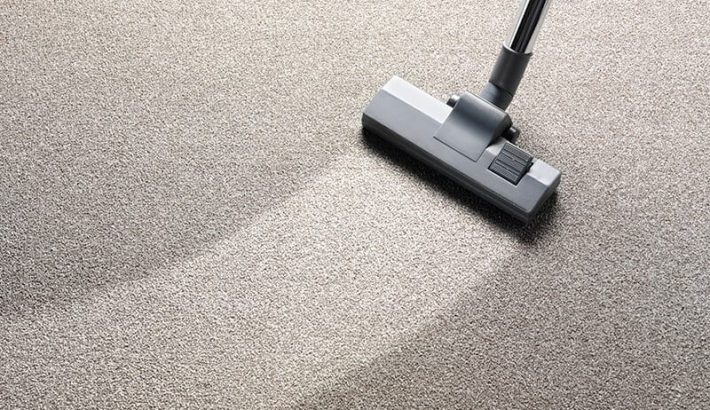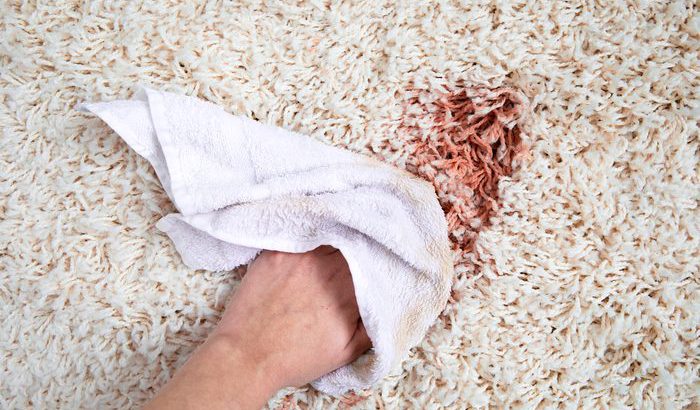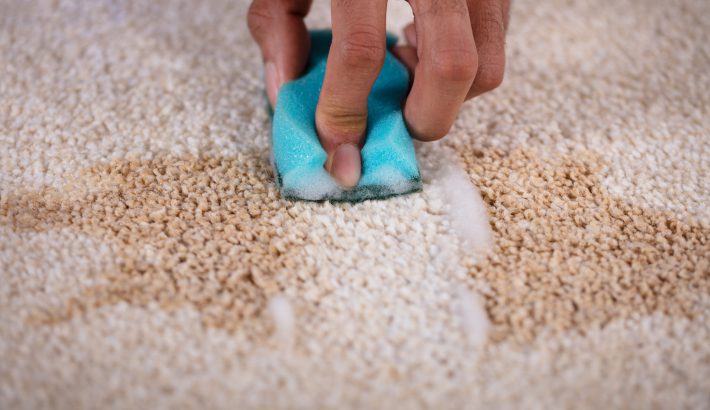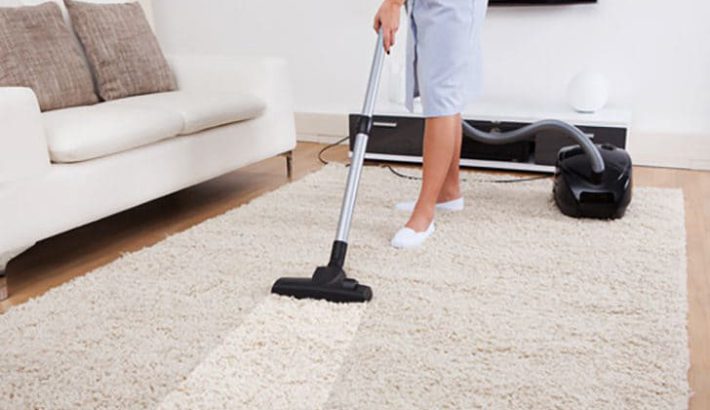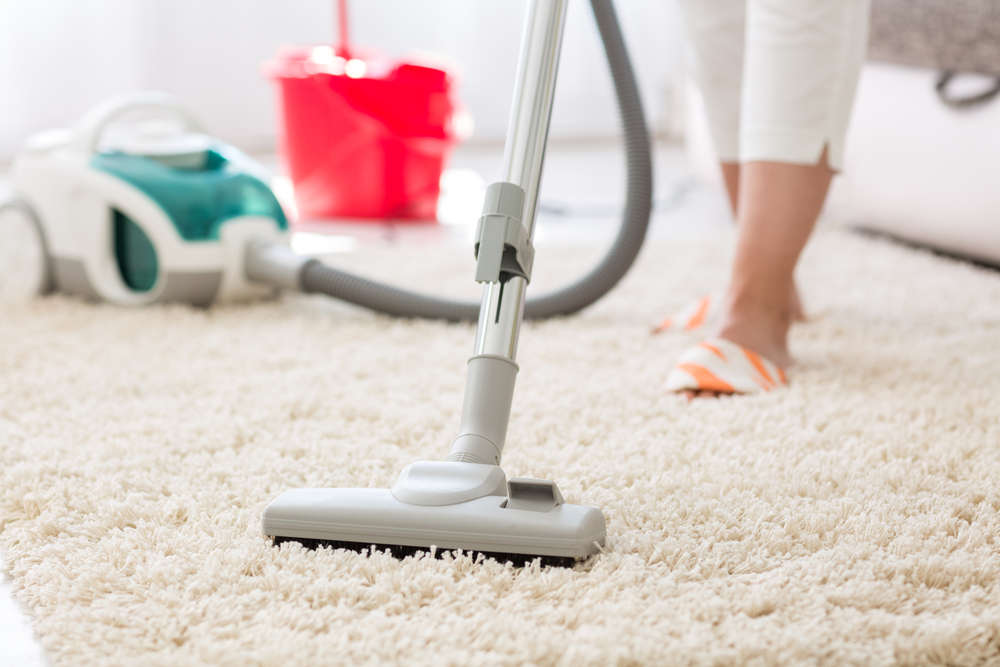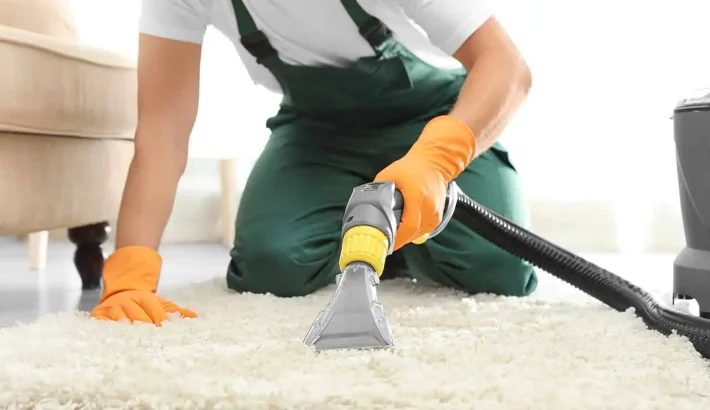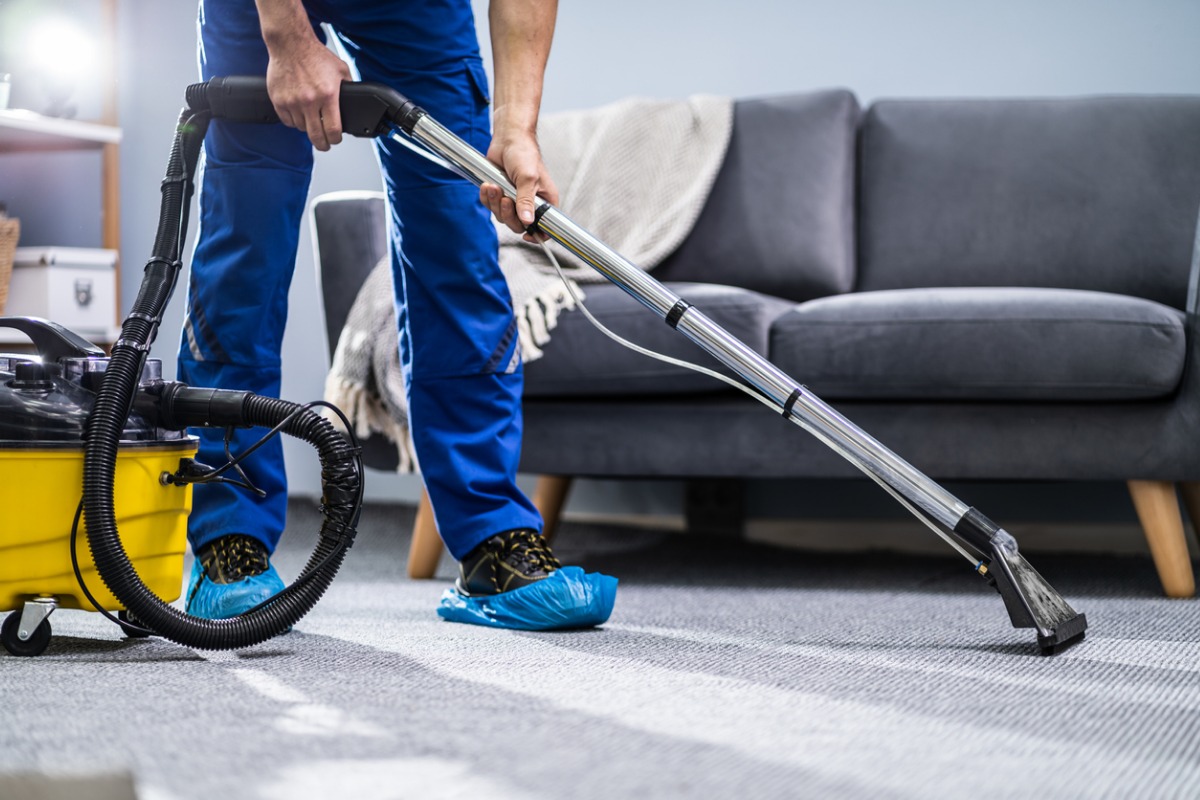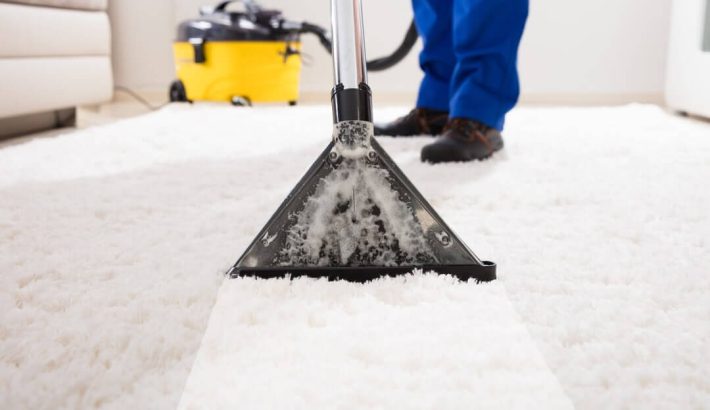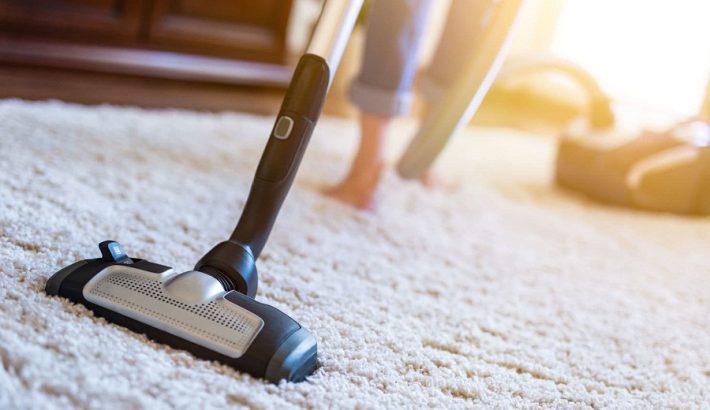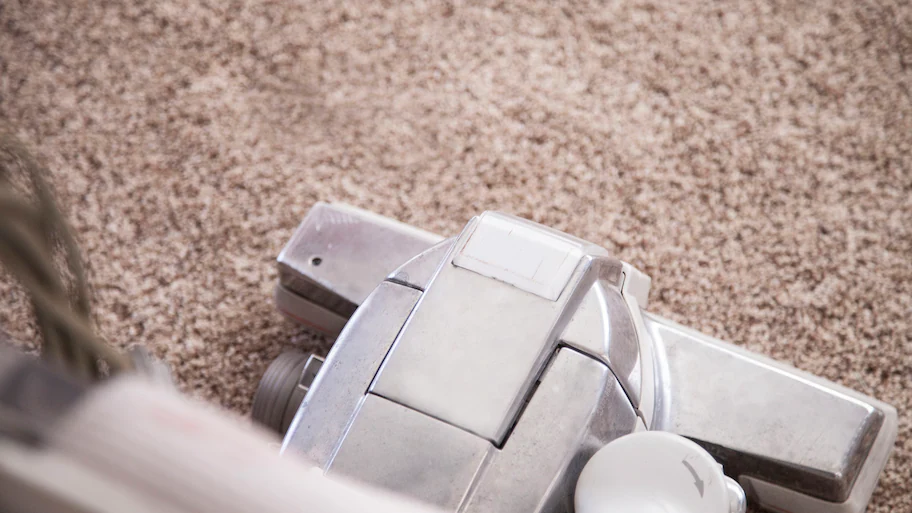Pet stains and odors can be a challenging issue in any home with carpets, but especially when pets are allowed on the furniture. Carpets are prone to trapping pet dander, hair, urine, vomit, and other unpleasant odors. Over time these contaminants accumulate and can aggravate allergies or cause unwanted odors if not properly removed. This guide provides an overview of the impact of pet stains and odors on carpet cleaning and explains the various methods for removing these contaminants from carpets.
It includes information on chemical treatments, natural solutions, deep cleaning machines, and more. Proper maintenance of carpeting is essential for keeping homes healthy and smelling fresh. By understanding the issues associated with pet stains and odors as well as how to best treat them it is possible to create an environment that is both inviting for people and safe for pets.
Types of Pet Stains
Pet stains and odors can be a serious challenge to carpet cleaning. Depending on the severity of the stain, different methods may need to be employed. However, understanding what type of stain is present can help make the cleaning process more efficient.
Urine Stains – These are often some of the most difficult pet stains to remove as they contain ammonia and bacteria that can produce an unpleasant odor. In addition, if urine is not carefully removed it can cause permanent discoloration in the carpet fibers.
Feces & Vomit Stains – This type of stain often contains a lot of bacteria that can lead to an offensive odor if not removed properly. Careful attention should be paid to removal due to its high protein content, which could cause it to quickly break down into smaller particles that linger in the air and leave a distinctive smell behind.
Food & Water Stains – These stains generally contain carbohydrates and proteins that provide nourishment for bacteria which may eventually emit an unpleasant odor over time. In order for them to be completely removed, deep cleaning will most likely be necessary.
Blood Stains – Since blood contains iron atoms it forms a bond with fibers making it one of the most difficult pet stains to remove from carpets. To effectively remove it, professional strength cleaning solutions may need to be used depending on the severity of the stain.
Causes of Pet Stains
It is a fact of life that pet owners need to be extra-vigilant when it comes to the cleanliness of their carpets. Dark spots and soiling from pet accidents not only diminish a room’s aesthetic appeal, but also compromise overall air quality. Pet stains and odors can seep deep into the fibers of a carpet, making it difficult to remove if not treated immediately.
Common causes of pet stains and odors include:
-Urine: Urine from pets can seep into the fibers of carpets, resulting in an unpleasant odor that can linger for days. In addition, natural bacteria in urine quickly seeps into the pouchworms and darkens the dye in carpets over time.
-Feces: Fecal matter left on carpets can add an unpleasant odor as well as cause discoloration or other physical damage, depending on the material used for your carpeting.
-Pet hair/dander: Pet fur often attracts dirt and dust particles which accumulate over time and slowly degrade the elasticity of carpet fibers. Allergens such as dander can also become trapped within carpets, resulting in an unpleasant odor or making it difficult to breathe in afflicted areas.
-Vomit: The smell produced by vomit rarely fades away quickly unless addressed immediately with cleaner designed for removing organic matter from surfaces like carpets. If left untreated for more than 24 hours, vomit begins to rot and leaves its own stain or discoloration that various professional cleaners may not be able to address adequately .
Effects of Pet Stains on Carpet Cleaning
Pet stains and odors can have a significant effect on carpet cleaning and can be difficult to remove. Pet stains cause numerous problems, from discoloration to lasting odors that are often hard to get rid of. In addition to the unsightly stains, pet accidents also leave behind contaminants such as feces, urine, and fur that can spread throughout your home if not taken care of properly.
When dealing with pet stains on carpeting, it is important to act quickly. The longer the stain is allowed to sit, the more difficult it will be to remove. Proper cleaning techniques should be used right away in order to prevent permanent damage or lingering odors. It is also important to make sure you use the right cleaning products for your particular type of carpeting. Different types of carpets require different types of cleaners in order to achieve optimum results and minimize damage during the cleaning process.
To reduce the risks associated with pet staining and odors, preventive measures should be taken such as regular vacuuming, avoiding chemical-based cleaning agents, using stain protectants when feasible, and providing an acceptable place for pets outdoors if they are not allowed indoors. Professional cleaners may also be consulted for specialized products or services tailored specifically for pet odor issues if needed. Prompt attention upon discovery of a pet accident helps ensure that the toxic substances get removed quickly without leaving behind long-lasting damage or unpleasant smells.
Methods of Removing Pet Stains from Carpet
Depending on the severity of the pet stains, there are a few methods that can be used to remove them from the carpet. Vacuuming the area around the stain is key, as it will remove any loose debris that could bind with other cleaning solutions. Patience is important, as this process may need to be repeated several times until all of the dirt and debris can be removed from the fibers.
If there is still discoloration present after vacuuming, using cold water to blot out liquid spills or pre-treating with a laundry detergent solution can help lift out remaining stains. A spot cleaning product specifically formulated for pet messes can also be used in combination with these techniques if deep-set stains remain after treatment.
Once all of the visible stain is removed, an enzymatic cleaner should be used to neutralize lingering odor molecules that still exist in carpets even after they appear clean. This kind of product works by actively breaking down bacteria and organic matter left behind by messes caused by pets while providing added deodorizing effects. An important step in removing pet odors is giving carpets ample time to dry completely before use; if not done properly, residual moisture within carpets can become a breeding ground for new bacteria and add to existing odors.
Tips for Preventing Pet Stains on Carpet
Carpets have the potential to add beauty and warmth to your living space, but it’s important to take precautions with pets around them. Left untreated, pet stains can impact both the look and integrity of a carpet overtime. Thankfully, proactive steps can be taken in order to minimize the likelihood of pet-related messes occurring — here are some tips:
• Household Rules – The most effective way to address pet stains is by preventing them from happening in the first place. Establish a rule regarding where your pets are and aren’t allowed in your home (e.g., kitchen, family room) as well as how they should behave when temporarily visiting carpeted rooms (e.g., no running, jumping or panting).
• Scheduled Baths – bathing animals on a regular basis not only helps keep stray hairs out of carpets but also keeps accidents at bay as long as fresh “accidents” are avoided after bath time while fur is still wet.
• Consistent Cleanup – if an accident does occur, prompt spot treatments using natural products such as white vinegar help reduce odor and deodorize carpets over time. Puppies should be taken outside every few hours so they can identify suitable areas for relief without turning your living room into a potty pad — daily training sessions can help reinforce good behaviors and increase awareness of acceptable locations for pet relief.
By following these pet-safe tips, you can protect your carpets from staining due to accidents while keeping both you and your furry friends happy in the process!
Common Odors Associated with Pet Stains
The presence of pet stains and odors on carpets may not seem like a big deal; however, this can seriously affect the air quality in your home as well as the appearance of your carpet. Not only will pet stains and odors cause your carpet to look dingy and unappealing, but it can also create an unpleasant living environment for you and your family. There are several common odors that are associated with pet stains, which include urine, feces, vomit and saliva.
Urine is one of the most common smells associated with pet stains. As soon as an animal urinates on your carpeting, they will leave behind a strong ammonia odor that is difficult to get rid of without proper cleaning. Urine typically has a yellow or orange tinge that leaves unsightly spots on the surface of carpet fibers. The longer urine remains on carpets, the more difficult it becomes to remove it; thus, if you have recently noticed any yellow or orange spots on your carpets, you should consider having them professionally cleaned right away before any permanent damage is done.
Feces is another type of odor that can be found on carpets embedded within its fibers. This can occur if an animal defecates or tracks their waste through carpeting without being quickly removed. Feces typically gives off an odor that smells like rotting garbage and can be quite overpowering; thus, this should be dealt with promptly following its discovery.
Vomit is also a very common type of pet stain that will leave behind nasty odors for weeks after discovering it. Vomit’s acidic nature causes it to linger deep within carpet fibers where simply cleaning the surface may not be enough to remove the smell completely; thus professional steam cleaning may be necessary in order to completely remove vomit from any type of flooring material including carpeting.
Finally, saliva is also something to watch out for when dealing with pet stains and odors as pets tend to slobber everywhere they roam! Saliva typically leaves behind an invisible film rather than discoloration or spots but still has quite a pungent smell when new deposits are made or wet fresh ones are stepped on!
Conclusion
The conclusion drawn from this study is that pet stains and odors have a significant effect on the results of carpet cleaning. Not only are there visible spots and staining, but pet odors can also linger in the home and become an irritating nuisance to inhabitants. The general recommendation for carpet cleaners is to treat the affected areas with specialized pet products and remove all traces of pet odor as swiftly as possible. Additionally, carpets should be regularly maintained with regular vacuuming, professional deep cleaning every 12-18 months, and spot treatments when required. By taking these preventive measures, homeowners can ensure that their carpet remains free of unsightly stains and unpleasant odors due to pets.…

